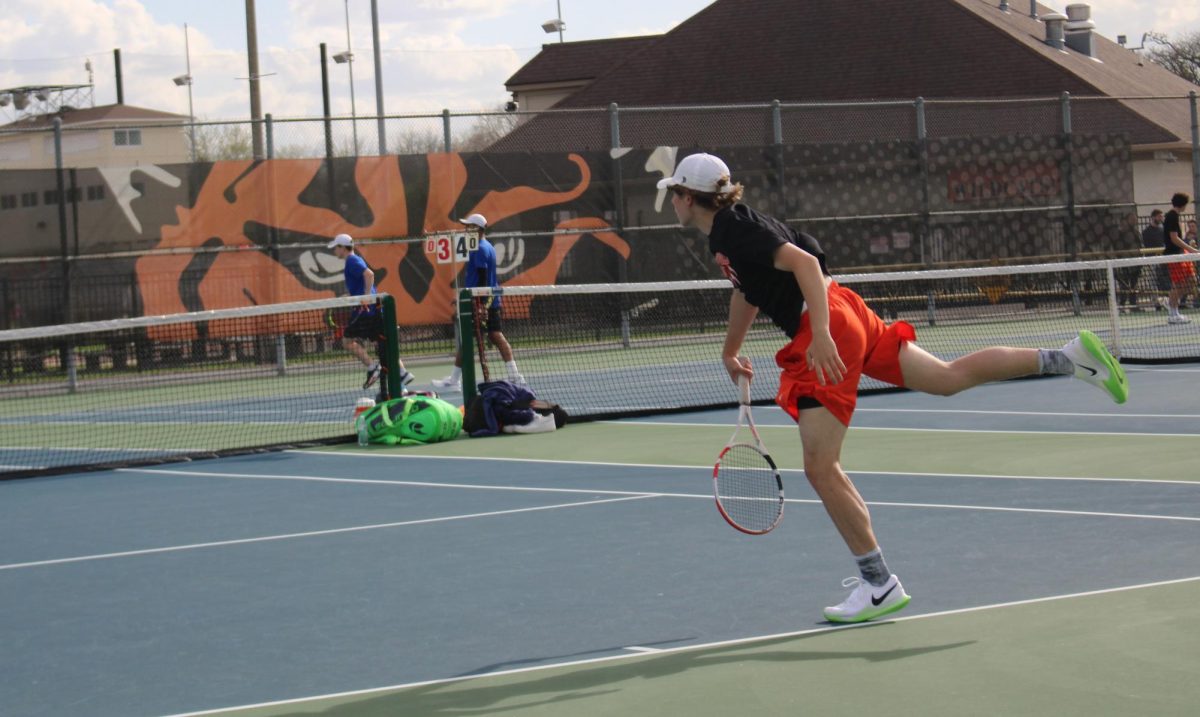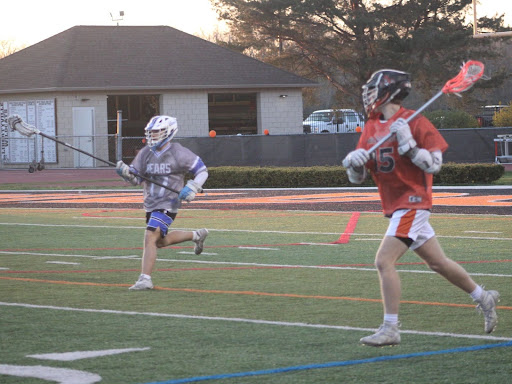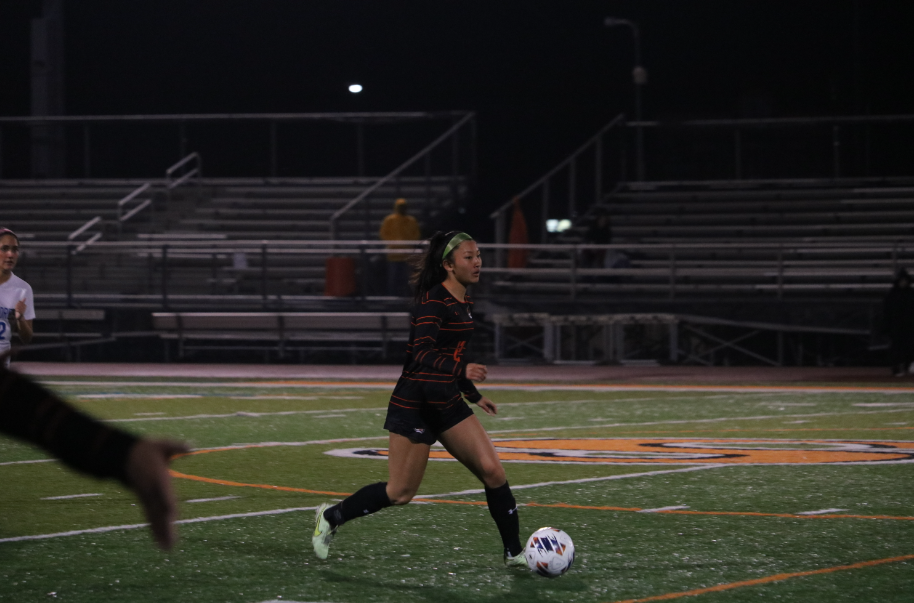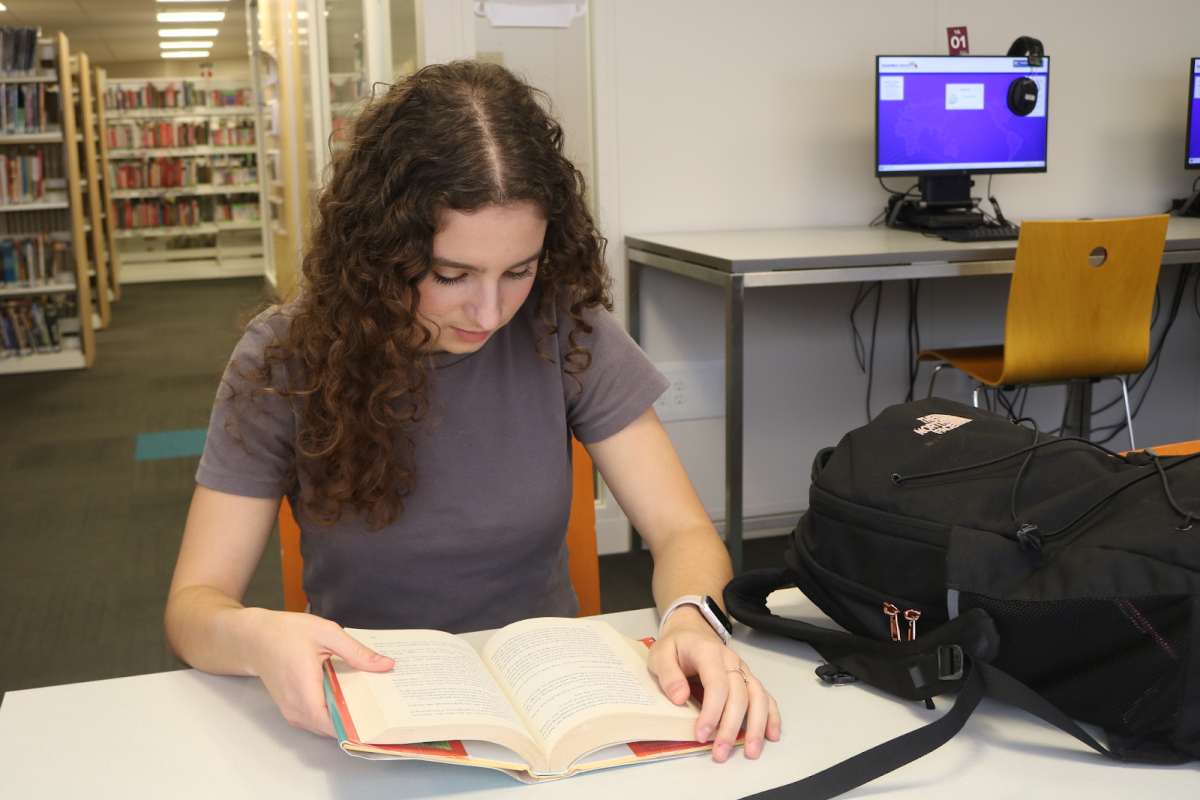Flipping the classroom is a new teaching strategy that is starting to gain popularity with Libertyville High School teachers. Flipping the classroom is done when teachers have students do the opposite of what they do in a traditional school day.
The standard classroom setting that has been common forever is the teacher lecturing from a Powerpoint in front of the class during the day, and for homework, the kids doing notes, or a worksheet or some sort of paper to prove that they learned the material in class. In this new way to teach, the opposite is done.
Just how popular is this at LHS? 36 out of the 41 staff members of Drops of Ink have been in a class that has been flipped at least once. The kind of classes that have been flipped haven’t been all in one department either. The classes range from Spanish IV honors to government to algebra one to chemistry.
It is clearly gaining popularity and spreading to all departments because it is a good theory, but there are some flaws to it. One of the main issues with it is if one kid does not watch the video for homework, he or she is totally lost in class. Missing notes for homework is one thing, but when you miss the whole lesson itself, the student doesn’t stand a chance on a quiz or test.
In class, unless the student is sick, the kid has no other choice but to listen to the teacher who is speaking about the topic right in front of their face. Even if the students do watch the video but a part was confusing, then that teacher ends up spending time in class the next day pretty much re-teaching it.
Technology is also involved in this new style of teaching, which is not always a good thing. If a student’s internet is out for that night, then just like that, he or she is way behind. If the video itself doesn’t work, then the whole class gets pushed a full day behind. Technology can be a good thing, but being totally reliant on it could be a disaster for a class.
Another issue is not being able to have that conversation with the teacher. If the teacher explains something that the student doesn’t understand, conventionally the kid is able to raise his or her hand and have it clarified instantly, but when it is a video, he or she has to wait until the next day or later for help which doesn’t help them that night with their homework.
Additionally, in class, the teacher has 50 minutes to explain the lesson in depth in school, but knowing that the students don’t have that kind of time at home, the lesson gets abbreviated into 5-15 minutes in the video. That cut-down time often takes out some of the extra explanations and stories that could be key for an individual student remembering a concept.
Along those lines, when watching the video at home, there are way more distractions than at school. Sure, at school, your friends are around you, but teachers make sure you don’t talk to them, and sure, you have your phone, but teachers make sure you don’t use it. Ultimately in school, the kid ends up paying attention in some capacity for the lesson, but at home, there is no limit on distractions. Whether it is some sort of social media, music, siblings, parents, TV, or anything else, 5-15 minutes could seem like an eternity for a student having to listen to the teacher on the computer. Also, it is 5-15 minutes of straight notes and information; in class the teacher is able to spread things out to give students a break, but on the videos, the teachers are trying to cram the unit into a tight timeframe.
The last negative was whether or not there was additional homework to go along with the video. A 5-15 minute video along with notes is absolutely manageable for the students, but when more work is added to it, the workload quickly becomes a little too much. If it is a 5-15 minute video plus notes and the teacher adds notes out of the textbook or a worksheet, the homework starts taking every student almost an hour to do, which is unfair considering many students have five other classes.
If there are so many flaws, then why do so many teachers use this strategy? Simple, if everything goes right, then the class will be way more efficient, and even more fun for the students. It gives the students more accountability over their own work, which many students crave.
What this also does, if right, is spend more time on individual questions. If the next day of class includes class time to discuss questions from the night before, then kids can have their exact questions answered very quickly. Speed is also important in the video the night before. Because it is a video, the student can spend as much time as they want rewinding or pausing the teacher to listen and get the hang of a specific concept. A sick student can also use this to their advantage. Instead of an absent student missing the whole day’s lesson for good, they can reference the video, and get the whole lesson.
Class time is one of the key parts to this, and when the flip is done correctly, class time can be spent on not just questions, but also group work and hands-on activities. In class, students will be able to spend time playing review games or time asking direct questions to the teacher, which could accelerate the learning process and improve the students’ mental grasp on the lesson.
Overall, we think that flipping the classroom definitely can work well, but too many things have to happen for it to be worth it for everyone. A fix to this could be the videos being made, but to be used only as an extra resource. The videos as specific homework could go wrong, but students being able to use it as a way to get back on track after missing school or a review for a test is a great idea.
Aarna Mishra, Staff Member
April 25, 2024 • No Comments
On Tuesday, April 23, the varsity boys tennis team won their home conference competition against the Warren Township Blue Devils, winning eight matchups. Despite facing...
Jack Birmingham, Sports Editor
April 25, 2024 • No Comments
On Wednesday, April 24, the varsity boys lacrosse team played their fifth home game, remaining undefeated in home games this season, as they bested the Lake Zurich Bears 9-4. The...
April 23, 2024 • No Comments
On Thursday, April 18, the varsity girls soccer team defeated their Lake Forest rivals with a final score of 6-0. The visiting Scouts kicked off for the rainy game,...
Flipping the Classroom: A New School of Thought
Tyler Skinner, Staff Writer
November 25, 2014
Leave a Comment












